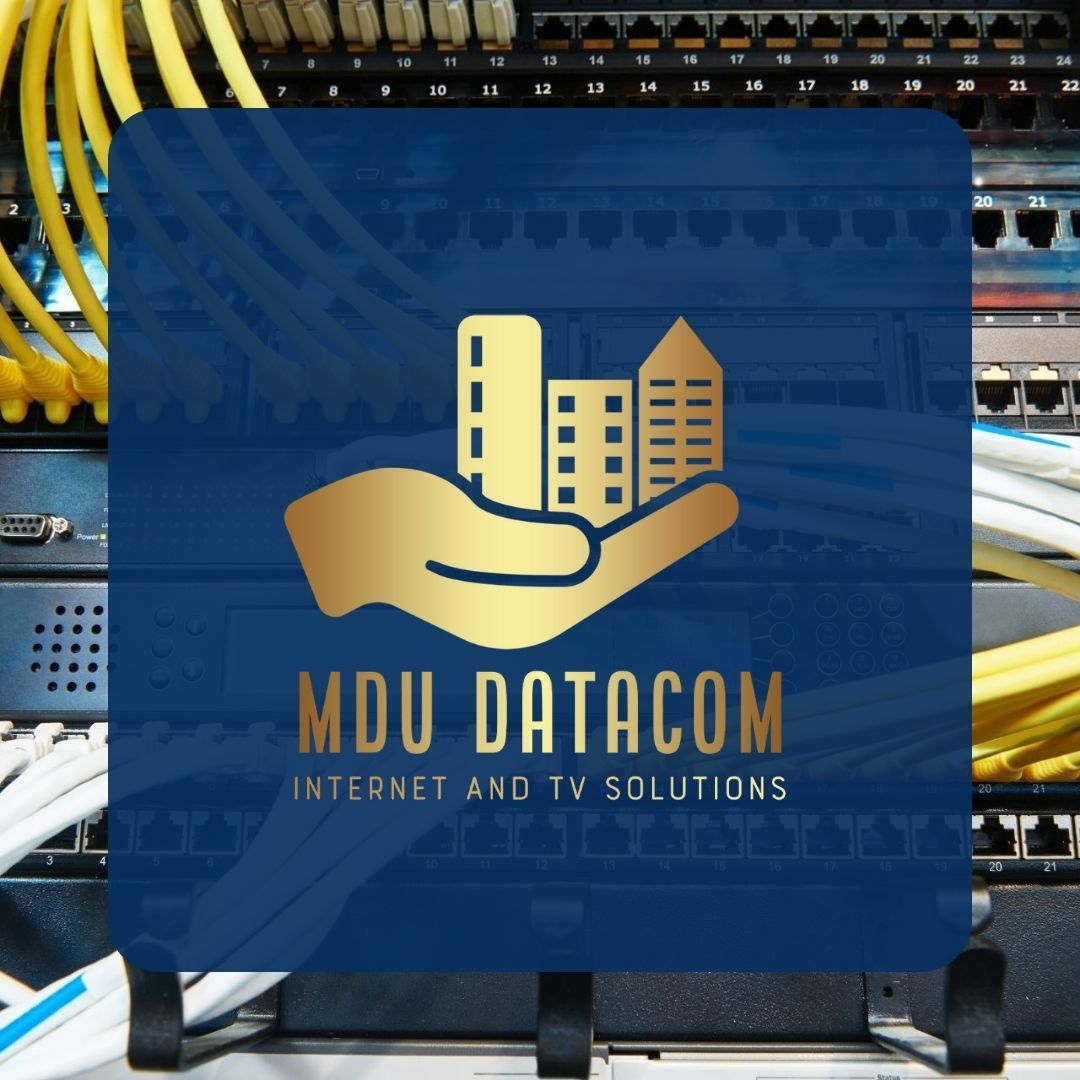Exploring the Impact of Ethernet Protocols on Enhancing Web Access in Multi-Dwelling Residences
Exploring the Impact of Ethernet Protocols on Enhancing Web Access in Multi-Dwelling Residences
Blog Article
Network standards play a vital role in improving internet access, particularly in multi-unit buildings (MDUs) like flat complexes and condominiums. These standards outline how information is communicated over systems, guaranteeing that devices can communicate effectively. As more people depend on the web for employment, education, and leisure, having a reliable and high-speed connection in MDUs has grown progressively essential. By comprehending networking protocols, property administrators and tenants can make informed decisions about their web provisions, leading to improved access for all.
One of the key Ethernet specifications is IEEE 802.3, which outlines the specifications for cabled Ethernet connections. This standard has developed over the years, bringing quicker speeds and enhanced efficiency. For example, the original Ethernet specification provided speeds of 10 megabits per sec, while more recent versions, such as Gigabit Ethernet, can offer speeds of up to 1,000 Mbps. In MDUs, where numerous tenants share the same internet link, having a high-speed Ethernet system can greatly improve the overall user experience. Faster speeds mean faster file transfers, smoother streaming, and more reliable video calls, which are crucial for off-site work and online education.
Another important aspect of Ethernet protocols is the use of organized wiring infrastructures. These structures arrange and manage the system cables that connect devices within a structure. By following the guidelines set by Ethernet standards, MDUs can guarantee that their cabling is efficient and effective. This structure assists minimize signal disruption and improves information transfer standards. Additionally, structured cabling allows for easier improvements and servicing, making it simpler for property managers to adjust to evolving tech requirements. As web utilization persists to increase, having a well-structured cabling system becomes vital for maintaining top-notch access.
Electricity over Ethernet (PoE) is another significant development in Ethernet tech that benefits MDUs. PoE allows network cables a fantastic read to transmit power power together with information, eliminating the need for separate electric sources for equipment like safety monitors, Wi-Fi connectivity nodes, and VoIP phones. This feature streamlines setup and reduces clutter, allowing it easier to set up a comprehensive system in multi-dwelling units. By utilizing PoE, property administrators can improve safety and boost web access throughout the complex without the extra cost of extra electrical installation.
In summary, Ethernet protocols have a profound impact on internet connectivity in multi-dwelling units. By offering quicker rates, organized cabling, and advanced capabilities like Electricity over Ethernet, these standards help establish a dependable and effective network for tenants. As tech continues to progress, staying informed about Ethernet protocols will be essential for property administrators and tenants alike. By investing in the appropriate infrastructure, MDUs can guarantee that all tenants experience a seamless internet interaction, making their residences more linked and accessible.